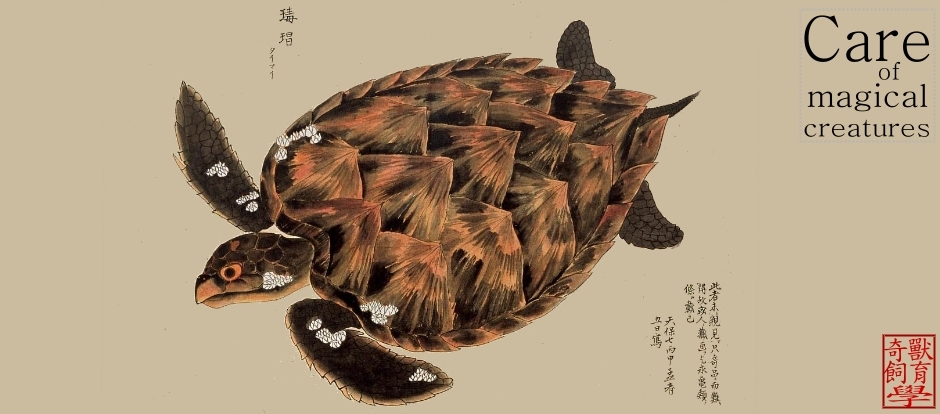

 文獻來源: Mahony S. 2009. A new species of Japalura (Reptilia: Agamidae) from northeast India with a discussion of the similar species Japalura sagittifera Smith, 1940 and Japalura planidorsata Jerdon, 1870. Zootaxa 2212: 41-61.
文獻來源: Mahony S. 2009. A new species of Japalura (Reptilia: Agamidae) from northeast India with a discussion of the similar species Japalura sagittifera Smith, 1940 and Japalura planidorsata Jerdon, 1870. Zootaxa 2212: 41-61.
Abstract
A new species of the agamid genus Japalura is described, based on three specimens from Mizoram, northeast India. Japalura otai sp. nov. is most similar to J. planidorsata and J. sagittifera and can be distinguished from all congeners by the following combination of characters: adult size (SVL male 46.4 mm, female 52.2–58.7 mm), tail length/SVL ratio 160.5–187.5%, 10–11 supralabials, 9–12 infralabials, 45–47 middorsal scales, 17–20 lamellae under finger IV, 20–22 lamellae under toe IV, tympanum concealed, axillary fold present, nuchal crest, gular fold and gular pouch absent, enlarged keeled dorsal scales present, body shape subquadrangular in cross section. Japalura sagittifera is here redescribed, a lectotype and a paralectotype designated and photographs of the type specimens made available for the first time. All known localities for these three species are provided. The status of the genus Oriotiaris which was recently revalidated is discussed in detail and again synonymized within Japalura. The currently recognised polyphyletic Japalura is discussed in relation to morphological characteristics.



















































